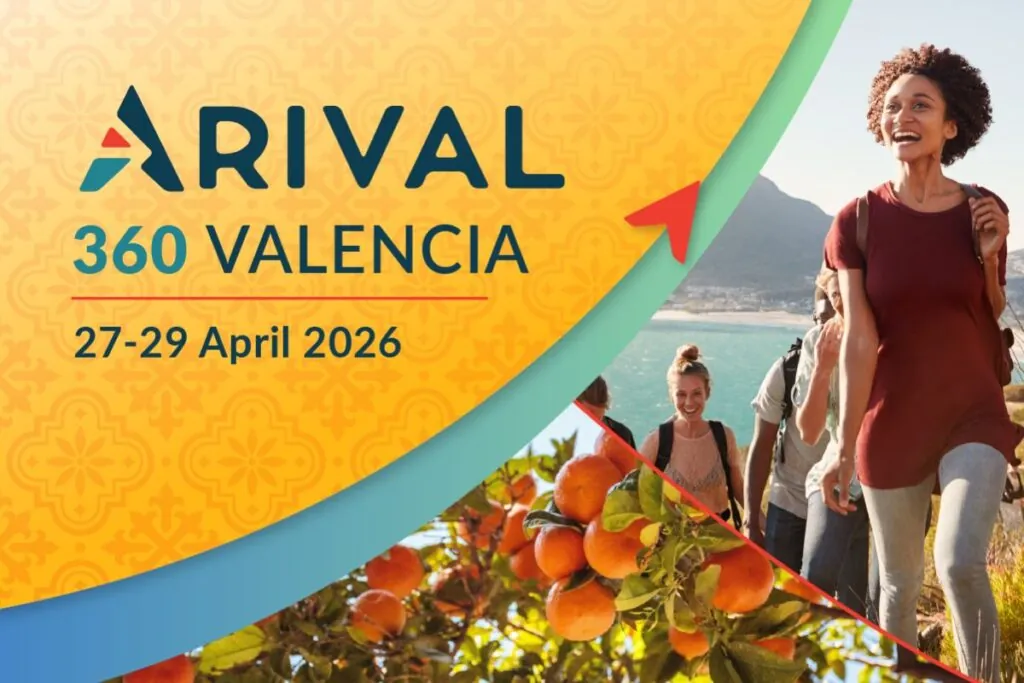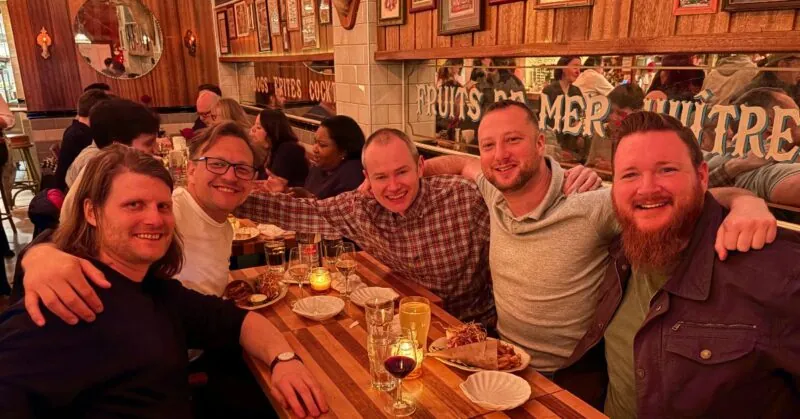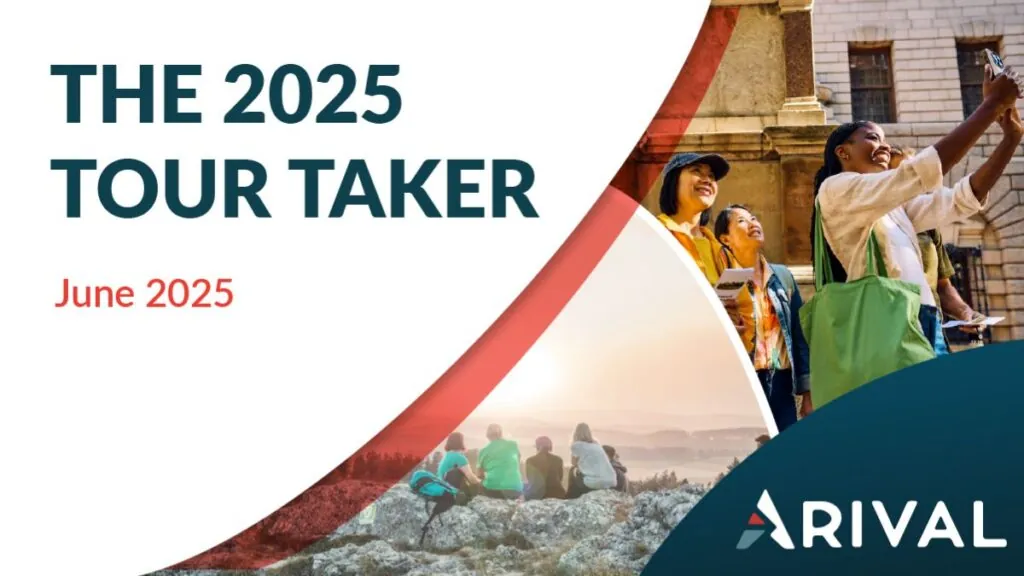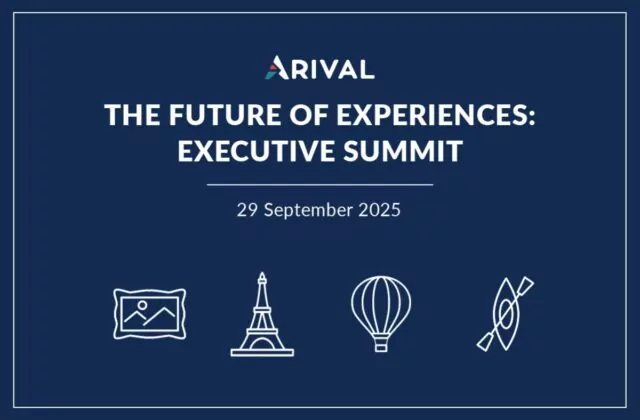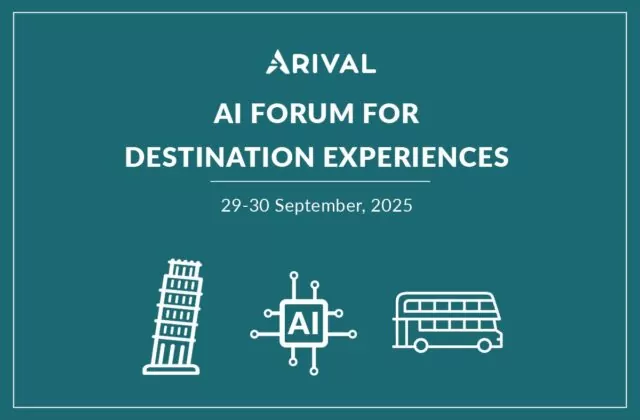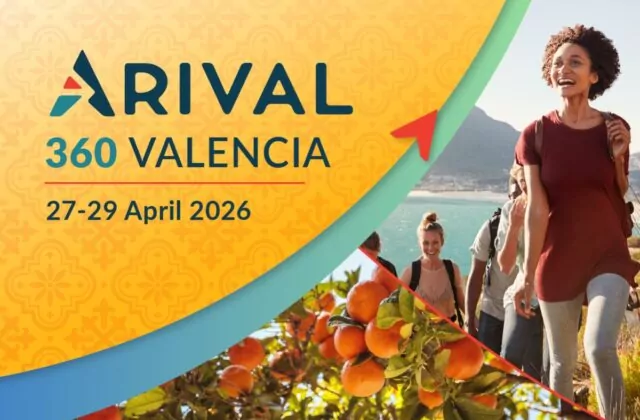The tours, activities, and attractions industry is one of the most exciting and rapidly evolving sectors in travel. Take it from me, I have been lucky enough to work in the three main travel verticals (transportation, accommodation and things to do) and it’s this industry that’s presented me with my greatest challenge and most exciting opportunities. It’s a space where technology, consumer behavior, and distribution strategies constantly shift, requiring businesses to stay agile and informed.
For newcomers, this can feel overwhelming. How do bookings flow through different sales channels? What role does technology play in optimising distribution? How do pricing strategies impact profitability? These are key questions every operator must answer to build a scalable, efficient, and profitable business.
This article will break down the fundamentals of connectivity, pricing, and distribution, offering practical insights for anyone stepping into the industry for the first time or looking to refresh and level up their knowledge.
Understanding the Industry Ecosystem: Who’s Who in Distribution?
Let’s start with an overview of the core participants within this industry sector. At the centre of the top of the chain we have the wonderful operators—businesses that create, manage, and deliver experiences to travelers. These range from small, owner-operated city tours to large, multi-location attractions like theme parks and historic sites, and everyone in between. However, simply offering a great experience isn’t enough. Selling and distributing tickets efficiently is what drives profitability.
To do this, operators rely on technology and strategic partnerships. Let’s explore the key players in the distribution ecosystem:
Reservation Technology (ResTech): The Digital Backbone of an Operator’s Business
A ResTech platform, or online booking system, acts as the central hub for managing inventory, pricing, payments, and availability. This system allows customers to book in real-time, ensures that capacity limits aren’t exceeded, and provides crucial business intelligence.
However, not all ResTech solutions are created equal. Some are standalone, offering basic ticketing functionality, while others integrate with global distribution networks, CRM systems, and dynamic pricing engines. Choosing the ResTech that works best for your business is critical, as it affects how you can scale and distribute your products.
Real world example: A small walking tour operator may only need a basic booking engine with calendar management, while a large museum may require integration with POS systems, group sales tools, and dynamic pricing capabilities.

Online Travel Agencies (OTAs): Maximizing Visibility & Bookings
Online travel agencies (OTAs) or resellers such as Expedia, GetYourGuide, Klook and Viator play a crucial role in expanding an operator’s reach. These platforms aggregate tours and attractions, allowing travelers to compare and book experiences easily.
While Resellers and OTAs offer massive exposure, they charge commissions ranging from 20-45%, making it essential for operators to have a defined distribution strategy to balance direct bookings vs. third-party sales.
Real World Example: A London-based attraction might use GetYourGuide to attract European tourists while simultaneously optimizing its website for direct bookings to reduce commission costs.

Channel Managers: Automating & Expanding Distribution
A channel manager helps operators connect to multiple OTAs, syncing inventory, pricing, and availability in real time. Without a channel manager, operators must manually update each OTA, leading to pricing inconsistencies, overbookings, and missed revenue opportunities.
Advanced channel managers also allow operators to segment pricing and promotions across different platforms, ensuring optimised distribution strategies.
Channel Managers enable operators to build their channel and reseller relationships without the need to manually update or build multiple connections, thereby reducing cost, creating efficiency and limiting risk.
Real World Example: A museum in Germany might use different product and pricing strategies on Viator (for international travelers) and a local travel agency network (for domestic visitors), all managed from a single platform.

B2B Marketplaces: Connecting with Travel Partners
Some ResTech platforms and resellers offer closed B2B (business-to-business) marketplaces, allowing operators to list their products to the connected distribution network without having to sign individual contracts. Unlike resellers and OTAs, which focus on direct-to-consumer sales, marketplaces enable operators to access more distribution potential with little to no effort.
Real World Example: An adventure park could be listed on a B2B marketplace, making its tickets available to hotel concierges, destination management companies (DMCs), and inbound tour operators without having to manage separate contracts.
27-29 April 2026
Insider Pro Access Members Save 20%
THE event of the year for the European in-destination experiences industry
Get Your Early Bird Ticket Today!|
Decoding the Key Terminology of the Industry
Every industry has its jargon, and the experiences sector is no different. Here are some key terms to understand:
Net Rate vs. Commission: The Economics of Distribution
- Net Rate: Business-to-business (B2B) rates (sometimes called wholesale rates). These rates will vary based on business rules and expectations of productivity from a given channel or operator. These are the actual rates the operator will be paid and commissions or fees are added by the eventual reseller. Net rates often come with rules and regulations around the sale price to ensure rate parity and ensure products are not irresponsibly sold by resellers and other third parties.
- Commission: Commissions paid to a reseller who sells your ticket or voucher. Think of this as the way that entities and people who sell tickets get paid. Typical rates range from 20-45%. Different resellers may have different rates depending on their size, projected productivity and business needs.
Real World Example: If a tour costs $100, and an OTA takes 25% commission, the operator receives $75 per booking. By the same token if the Operator is providing a Net Rate to the reseller, this would be $75 in this case.
Learn more about setting your net rates here: How to Set Net Rates for Tours, Activities and Attractions.
Variable vs. Dynamic Pricing: The Future of Revenue Optimization
- Variable Pricing: Adjusting ticket prices based on seasonality, peak demand, or event-based fluctuations.
- Dynamic Pricing: There is a lot of noise in the industry around dynamic pricing; what it is, how it works, what it supports. This is an area that is still being researched and defined in the experiences sector. However if we look to other verticals, simply put, dynamic pricing can be defined as real-time pricing that takes into account certain conditions such as weather, capacity, historical pricing, special events, etc. The business can set thresholds but the system sets the price without human intervention.
Real World Example: An example of variable pricing could be that a theme park ticketing agent might raise prices on Saturdays, Sundays and holidays but offer discounts on weekdays to keep visitor numbers steady whereas a dynamic pricing tool might take into account other factors rather than just holidays to make an alternative pricing recommendations and push these prices to the distribution network to stabilise numbers.
Learn more about variable and dynamic pricing here: Variable & Dynamic Pricing for Tours & Attractions.
API Connectivity: The Power Behind Seamless Integrations
An API (application programming interface) is what enables systems to communicate automatically with one another. API connected systems enable real-time availability, inventory and pricing updates without any manual or human intervention.
Real World Example: Without an API, an operator would need to manually update prices across multiple OTAs, leading to delays and inconsistencies.
OCTO (Open Connectivity for Tours & Activities): Standardising the Industry
OCTO is an industry initiative that standardizes API connections, making it easier for operators to integrate with multiple distribution channels without the need for custom-built solutions. Whilst this standard is groundbreaking in its simplification of the connectivity landscape, some level of customisation or development will often be needed to meet the exact requirements of an operator/reseller.
Real World Example: Instead of creating a custom API for Viator and a separate one for GetYourGuide, an operator using an OCTO-compliant ResTech can connect seamlessly to both.
The Strategic ‘Costs’ of Selling Tickets
A well-executed distribution strategy isn’t just about reaching more customers—it’s about ensuring that the cost of selling tickets aligns with your revenue goals.
While OTA commissions are often the most visible expense, the broader financial picture should be considered and includes items such as subscription fees and transaction fees for software and services such as online booking systems and channel management, as well as credit card processing costs.
Having the right tools for your business to be able to reach customers is essential and will result in more ticket sales, revenue and profitability, however incremental costs can quickly add up, making it essential to factor them into a sustainable pricing and distribution plan.
Understanding these financial dynamics allows operators to balance direct and third-party sales, set competitive yet profitable pricing, and optimize commission structures. By carefully managing where and how tickets are sold, businesses can ensure that every booking channel, rather than eroding profit margins, contributes to sustainable growth.
Real World Example: A museum selling 10,000 tickets/week may spend $5,000+ (2%) in transaction fees alone, meaning a robust pricing and distribution strategy crucial.
Final Thoughts: The Future of Experiences Distribution
The tours, activities, and attractions sector is evolving rapidly, driven by technology, connectivity, and changing consumer behaviors. The key to success lies in:
- Choosing the right ResTech that fits your business model.
- Balancing direct bookings with OTA distribution to maintain profitability.
- Leveraging APIs to streamline operations.
- Implementing smart pricing strategies to maximise revenue.
As the industry grows, operators who embrace technology, data-driven strategies, and strong distribution networks will thrive.
About the Author

Martin Harlow is an expert in distribution strategy and connectivity, who has held multiple senior leadership roles in well-known hospitality brands. Martin is Managing Director of MH Strategic Solutions Ltd offering expertise and consultancy support to the industry in the field of distribution, connectivity strategy and technology implementation.
Learn More about Distribution & Technology with Arival
Join us at an upcoming Arival event to learn more about building your distribution strategy, and connect with some of the key restechs / booking system platforms, OTAs and other reseller representatives in person. Article author Martin Harlow will also be leading a breakout session that covers real-world case studies, best practices, and hands-on strategies for distribution and technology.
Arival Insider Pro Access members can also go deeper by joining the upcoming Arival | Elevate session hosted by Martin Harlow on Experience Industry Essentials.
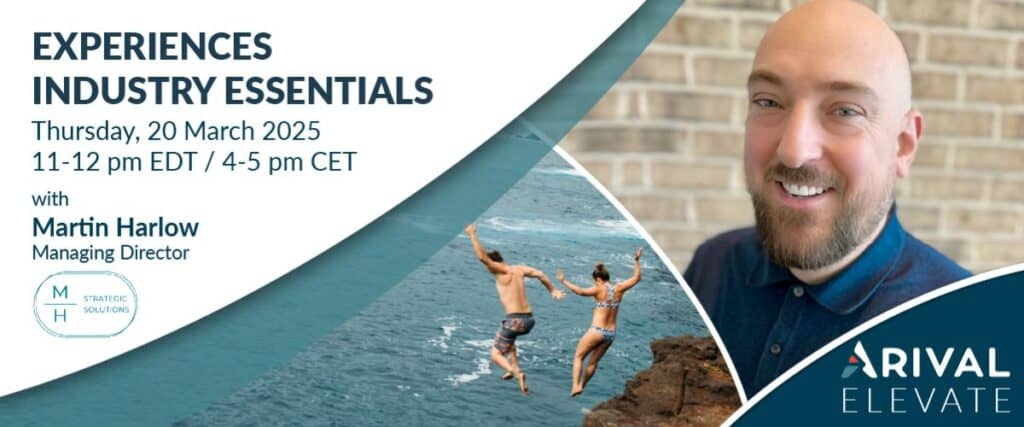
Become an Insider Pro Access member today and get access to the full library of Arival research, plus many other benefits such as free consulting sessions, special discounts and 20% off in-person events, starting from $179 per year.




